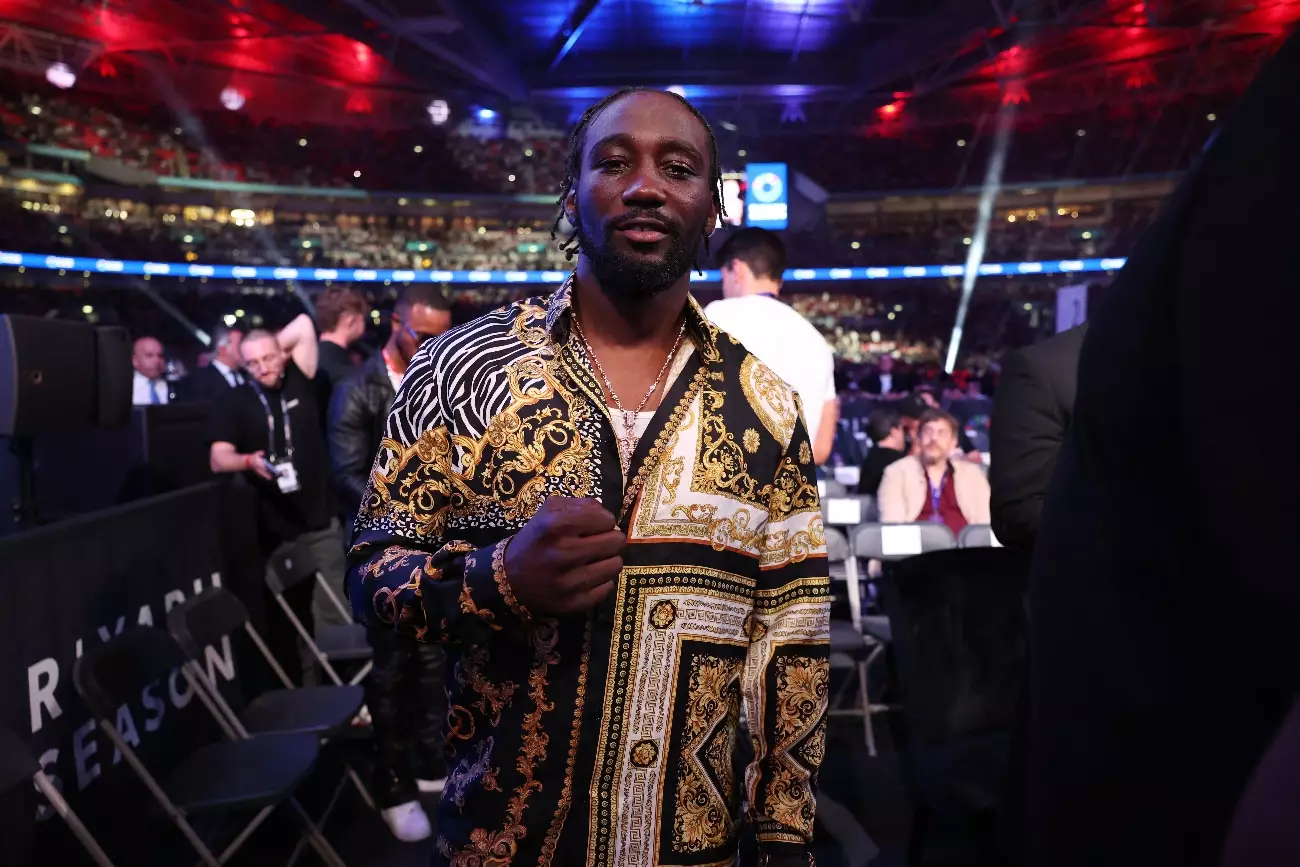The boxing world is abuzz with excitement as Terence Crawford prepares for a highly anticipated showdown with Canelo Alvarez, set for September. This fight, characterized as a super fight, raises pivotal questions: Is the 37-year-old Crawford (41 wins, 31 by knockout) capable of competing against Canelo (62 wins, 39 by knockout), who has established himself as one of the sport’s elite? While the matchup bears the hallmarks of a mega-fight, concerns about competitiveness abound, especially considering Crawford’s age, size, and recent performances.
As Crawford steps up to face Alvarez, who competes in the super middleweight division at 168 pounds, the difference in weight class cannot be ignored. Many analysts posit that for Crawford to secure a victory, he needs to channel the knockout power displayed by Gennadiy Golovkin in previous bouts against Canelo—something that has proven difficult for even the most formidable fighters.
Examining past opponents like Edgar Berlanga, Jaime Munguia, and Jermell Charlo reveals a pattern: despite their considerable promise and physical attributes, none managed to pose a genuine threat to Alvarez. They displayed an inability to deliver effective offense, rendering them nearly non-competitive. The question looms—how can a slightly smaller, older, and seemingly weaker Crawford find success where others have faltered?
One avenue that some believe Crawford can exploit is his celebrated boxing acumen. His defensive maneuvers, counter-punching ability, and agility could serve as his greatest assets against a power puncher like Alvarez. However, doubts surround these tactics, especially considering Crawford’s recent fight at 154 pounds, where he appeared less than stellar. Many critics likened his performance to that of an “old barnacle on a pier,” underscoring a potential decline in both physicality and speed.
Moreover, the dynamics of fight negotiation add another layer to the unfolding drama. The expectation is that Canelo, as the A-side boxer, will set the terms—likely favoring a weight that does not unduly diminish his own power. Given this scenario, it seems unlikely Crawford will receive the type of catchweight advantage that could level the playing field.
The boxing fanbase appears divided. While some observers champion Crawford’s skills and argue that his mobility could provide an edge, others remain skeptical, pointing to his age and recent performance as serious impediments. Several boxing enthusiasts are more interested in seeing Canelo defend against rising stars like David Benavidez or David Morrell, and feel that Crawford’s selection detracts from competitive engagement.
Critics also draw parallels between Crawford and former champion Adrien Broner, both having claimed multiple world titles largely by navigating the boxing landscape of secondary-level competition. Such comparisons cast shadows over Crawford’s achievements, raising crucial questions about the legitimacy of his title reign and current prospects.
Boxing is not just a physical contest; it is highly influenced by market dynamics. If Turki Al-Sheikh, the promoter, prices the fight attractively for fans, it is likely to draw a significant audience, even if the outcome feels predetermined. This economic perspective presents a potential way to mitigate criticism if the bout fails to deliver thrilling action.
The upcoming fight between Terence Crawford and Canelo Alvarez encapsulates anticipation and uncertainty. While Crawford’s exceptional skill set offers a flicker of hope, the realities of age, size, and recent performance create a daunting narrative. Will Crawford’s tactical finesse translate into success against a formidable champion, or will he fall victim, as so many before him, to Canelo’s boxing prowess? The answer remains shrouded in the excitement inherent in boxing, and fans await this compelling drama with bated breath.

